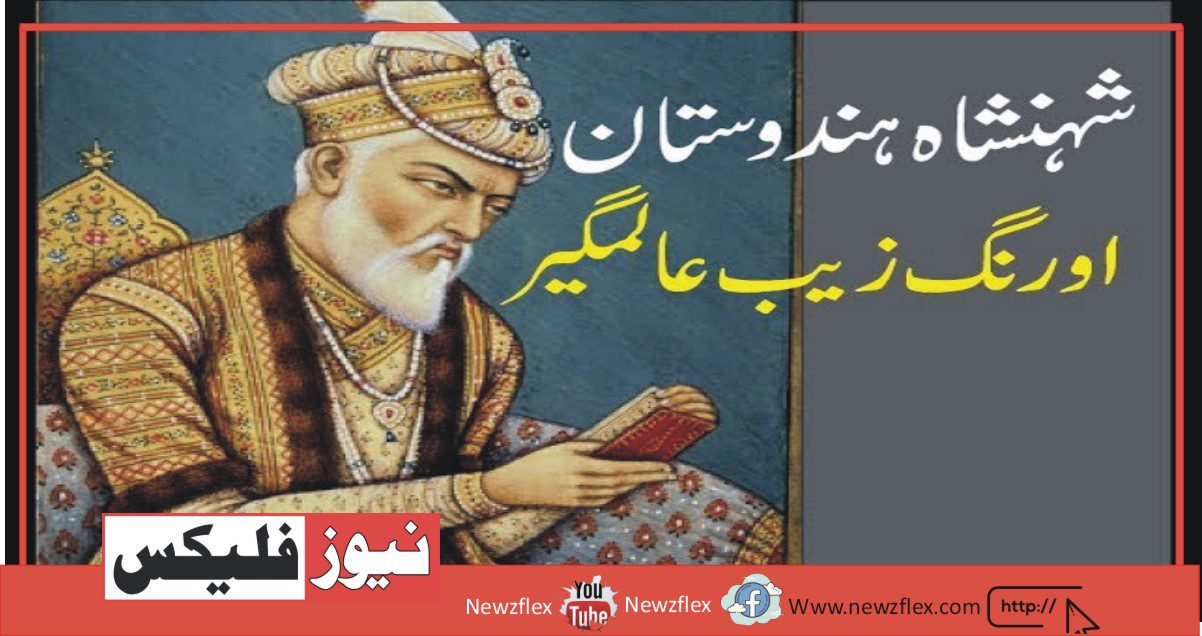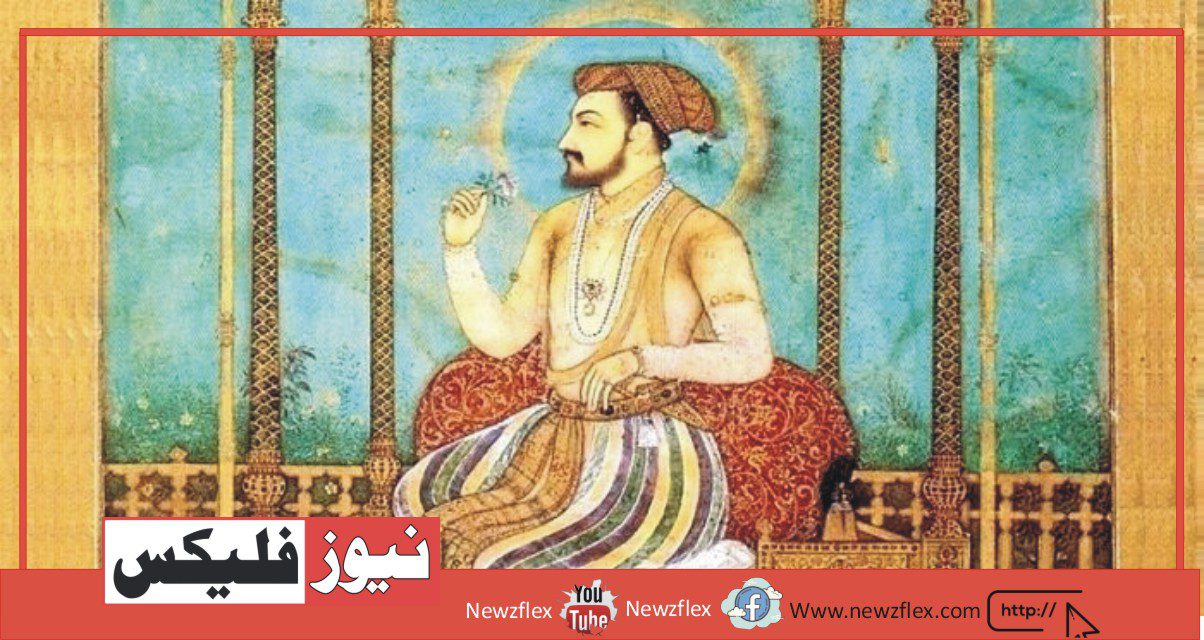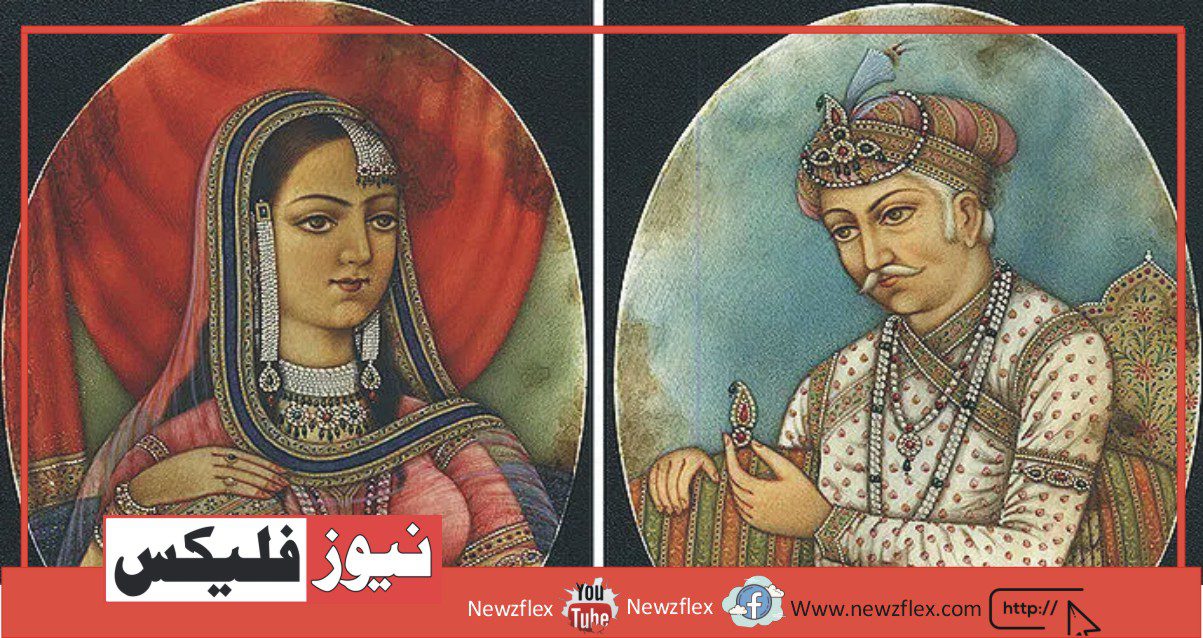Aurangzeb Alamgir
Aurangzeb Alamgir Aurangzeb had proved himself a capable commander and administrator as a prince. He was certainly a more successful military strategist and practical statesman than his brothers who contended against him for the throne gave him success against all of them. Aurangzeb, the third son of Shah Jahan, was born on 21 October 1618, […]








